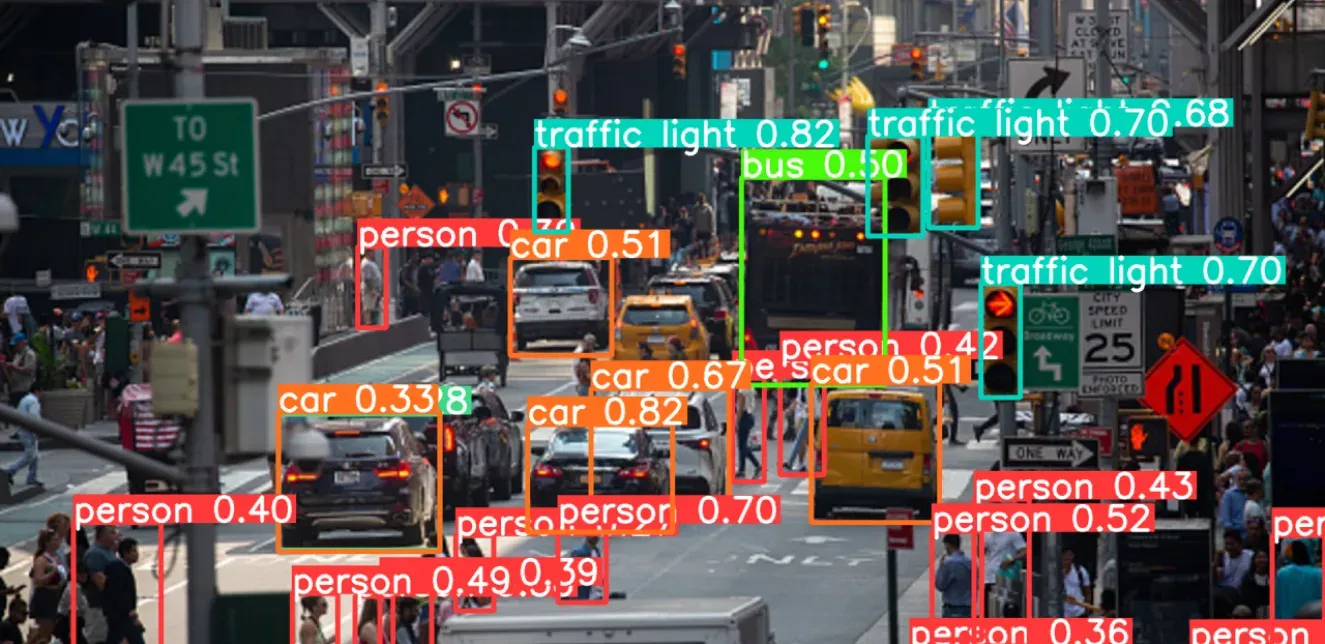Brand managers play a pivotal role in shaping and maintaining a company’s brand identity and reputation. Tasked with strategizing, executing, and monitoring brand initiatives, they face numerous challenges, from staying ahead of rapidly evolving consumer trends to managing an increasingly complex digital landscape.
AI, as a disruptor, is revolutionizing various fields with its ability to process vast amounts of data, recognize patterns, and make predictions, fundamentally transforming traditional practices. For brand managers, AI can streamline workflows, provide deeper consumer insights, and optimize brand strategies. AI-driven insights and automation enhance effectiveness and relevance, offering benefits like automated content creation, personalized marketing, and predictive analytics. AI transforms the role of brand managers, helping you overcome modern marketing challenges and elevate your brands.
Here are a few AI tools poised to transform brand management:
Brand Sponsorship and ROI Analysis Powered by AI
BrandCut
BrandCut uses advanced computer vision AI technology for real-time brand logo detection in sports sponsorships. This empowers brand managers, event organizers, and sponsors with comprehensive metrics and actionable insights. BrandCut offers:
Real-time Visibility: Provides immediate insights into brand exposure during sports events through real-time brand logo detection, tracking every broadcast, pinpointing areas for brand logo placement improvement, and conducting white space analysis. This helps sponsors to identify branding opportunities and enable strategic adjustments on the spot.
Granular Brand Analytics: It analyzes brand logo presence across different broadcast angles, tracks quadrant visibility, and measures sponsorship ROI by correlating brand exposure with conversion rates.
Brand Exposure Analysis: BrandCut utilizes AI-based computer vision technologies to gather valuable data on logo exposure, including frequency, duration, clarity, size, prominence, audience engagement, and conversion rates.
Competition Analysis: It identifies competitor branding strategies, secures exclusive sponsorships in high-visibility areas, and leverages these insights for a competitive advantage.
Brand Impression Analysis: AI-powered image recognition delivers precise data on brand appearances during games, broadcasts, and social media, analyzing factors like logo clarity and prominence compared to competitors.

AI Optimized Content Generation
Jasper AI
Jasper is an enhanced content generation platform that creates content across a range of tones and styles on any topic for your brand management at 10x speed. It produces coherent, contextually relevant text and can engage in dynamic, interactive dialogues.
Jasper AI enhances applications by improving user interactions, customer service, voice recognition, and language translation. Its virtual assistants and AI chatbots ensure seamless information delivery and task execution, while real-time processing aids customer support with immediate solutions. Also, it offers personalized recommendations based on user behavior, enriching the user experience.
AI-driven Predictive Analytics and Market Research
IBM Watson
IBM Watson predictive analysis tool is a sophisticated AI-driven platform that utilizes machine learning (ML) algorithms and NLP capabilities to analyze vast amounts of data and generate predictive insights.
Forecasting Future Outcomes: It analyzes historical data, current trends, and external factors to forecast future outcomes and trends.
Identification of Patterns: The AI tool identifies patterns and correlations within data sets, enabling you to make informed decisions and anticipate market changes proactively.
Personalized Suggestions: IBM Watson provides recommendations and suggestions based on the analyzed data, helping you optimize marketing strategies, product development, and customer engagement initiatives.
IBM Watson enables market forecasting to predict trends and consumer behavior, shaping adaptable marketing strategies. Through customer segmentation, the tool identifies target audiences using predictive analysis of preferences and behaviors.
AI Tools for Design and Marketing Automation
Canva Pro AI
Canva Pro AI design tool stands as a comprehensive solution for streamlining design processes and creation of marketing materials, making it ideal for users who need to produce and optimize visual content.
Automated Design Suggestions: Canva Pro utilizes AI algorithms to analyze design elements and provide automated suggestions for the maintenance of brand’s visual identity, layout, color schemes, and typography.
Smart Image Recognition: The tool employs AI-powered image recognition to suggest relevant visuals and graphics based on the content and context of the design project.
Intelligent Object Positioning: Canva Pro’s AI functionality intelligently positions and aligns design elements, ensuring aesthetic coherence and professional presentation.
Enhanced Collaboration: AI-driven collaboration features facilitate seamless teamwork by suggesting design edits and improvements based on user input and preferences.
Canva Pro AI design tool optimizes efficiency and productivity for brand managers, ensuring brand consistency while offering personalized design options. It helps users to create visually captivating marketing materials with ease. Additionally, the tool provides valuable data-driven insights, enabling brand managers to refine and optimize their visual content strategies for maximum impact.
Image Recognition and Creative Optimization AI Tools for Design
Clarifai
Clarifai is an innovative image recognition tool using advanced computer vision technologies to analyze image content effectively. It analyses images and utilizes deep learning and neural networks to identify patterns, objects, and features within images. It excels in feature extraction, recognizing contours, textures, and colors. The continuous learning process enhances image recognition capabilities through rigorous training on datasets.
Clarifai offers a user-friendly interface that is accessible to developers and non-technical users alike. Its high accuracy in image recognition, especially with custom-trained models, ensures reliable results across diverse applications. Additionally, its customizable training feature enables users to tailor the software to specific use cases, rendering it a flexible and versatile solution adaptable to various industries.
As AI technology continues to evolve, the possibilities for brand management will continue to expand. By embracing these powerful AI tools, you can secure a competitive advantage and gain deeper customer insights, automate mundane tasks, optimize marketing campaigns, respond to market trends proactively, and build stronger brand loyalty.
Gain more insights on AI tools that enhance your operational efficiency from Random Walk. Visit our website to learn more and discover the perfect AI integration services for your specific enterprise needs. Start transforming your brand management today with Random Walk.






